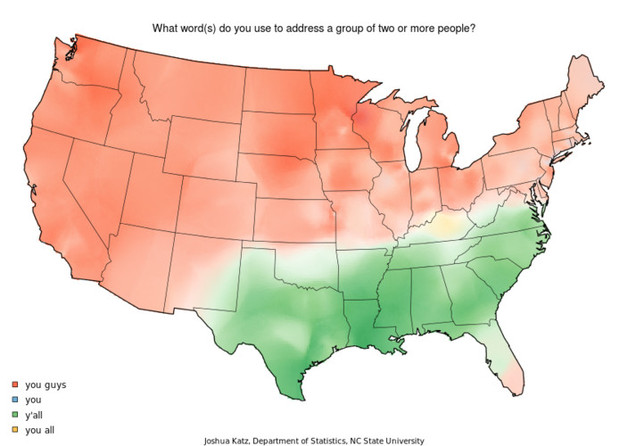Language matters; and Greenfield Southeast is a bit of an odd title at first glance, so allow me to explain.
First, Greenfield - I came across the term a couple years ago while reading Education Unbound, a book by educator and author Rick Hess. He starts off the book with a definition of the term, which I’m inclined to copy and paste here:
First, Greenfield - I came across the term a couple years ago while reading Education Unbound, a book by educator and author Rick Hess. He starts off the book with a definition of the term, which I’m inclined to copy and paste here:

Greenfield is a term of art typically used by investors, engineers, or builders to refer to an area where there are unobstructed, wide-open opportunities to invent or build...It may be easiest to understand greenfield as a venue that provides rich opportunities for new ventures. In real estate, greenfield refers to a piece of previously undeveloped land, one that is in its natural state or used for agriculture. In the jargon of software engineering, a greenfield project is a new application that operates without any constraints imposed by prior versions. A greenfield labor agreement is the first deal struck between a company and its employees.
In his book, Hess argues that greenfield schooling is more effective than turnaround as an instrument for school improvement. He goes on to recommend the obliteration of bureaucracy at various levels, etc., etc.
I’m zooming back out and co-opting the term for my own purposes in a couple ways. First, I’m obviously applying it to an area of the country as opposed to a discipline, in the hopes of sparking creativity from a different angle. Second, I’m offering up the term to indicate a need for us to apply a renewed perspective to the assets and struggles of the Southeast for the sake of the region’s future. We must be willing to see the history, culture, demographics, and economics of this region with a fresh set of eyes; and I have a hunch that greenfield will soundly convey that belief.
Now, Southeast. Not to make an overly obvious point; but the Southeast is an area with distinct geographic, cultural, economic, and political characteristics - all of which will factor into the writing here in one way or another. The usual suspects - LA, AR, MS, TN, AL, GA, SC, NC, and VA - all make the cut. Beyond these, east Texas will probably get looped in, but this conversation may not always be as applicable to Texas as a whole. Kentucky and West Virginia also deserve consideration because of the persistent poverty found throughout Appalachia, as do parts of Maryland.
The bottom line here is that what is considered “Southeast” will be driven by trends emerging from the data - both obvious and overlooked. This map that shows the usage of “y’all” in the United States is a good start, though.
I’m zooming back out and co-opting the term for my own purposes in a couple ways. First, I’m obviously applying it to an area of the country as opposed to a discipline, in the hopes of sparking creativity from a different angle. Second, I’m offering up the term to indicate a need for us to apply a renewed perspective to the assets and struggles of the Southeast for the sake of the region’s future. We must be willing to see the history, culture, demographics, and economics of this region with a fresh set of eyes; and I have a hunch that greenfield will soundly convey that belief.
Now, Southeast. Not to make an overly obvious point; but the Southeast is an area with distinct geographic, cultural, economic, and political characteristics - all of which will factor into the writing here in one way or another. The usual suspects - LA, AR, MS, TN, AL, GA, SC, NC, and VA - all make the cut. Beyond these, east Texas will probably get looped in, but this conversation may not always be as applicable to Texas as a whole. Kentucky and West Virginia also deserve consideration because of the persistent poverty found throughout Appalachia, as do parts of Maryland.
The bottom line here is that what is considered “Southeast” will be driven by trends emerging from the data - both obvious and overlooked. This map that shows the usage of “y’all” in the United States is a good start, though.
Until next time,
Travis
Travis


 RSS Feed
RSS Feed
